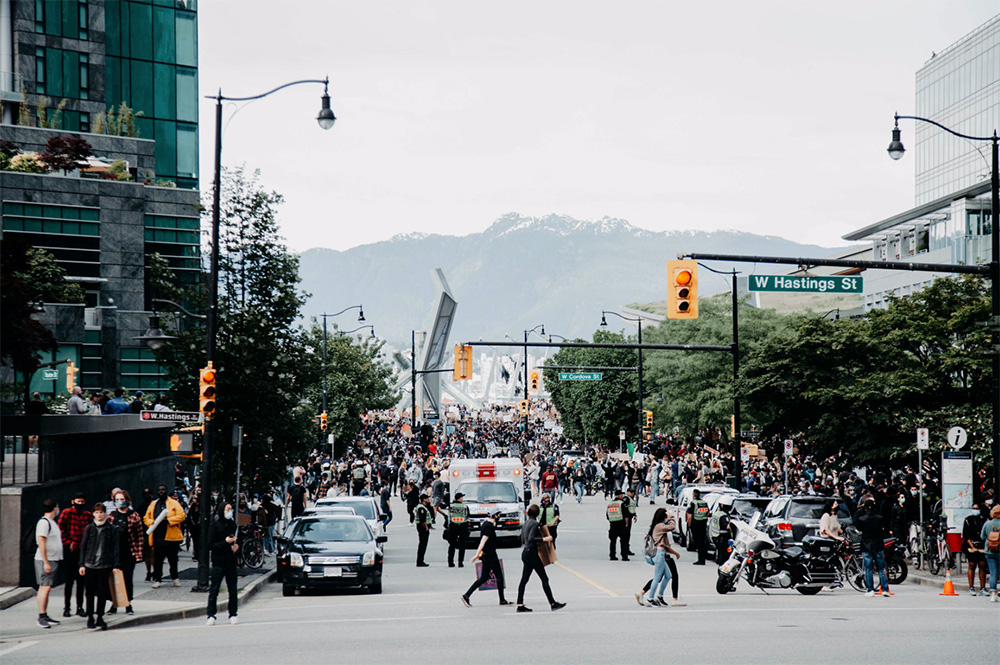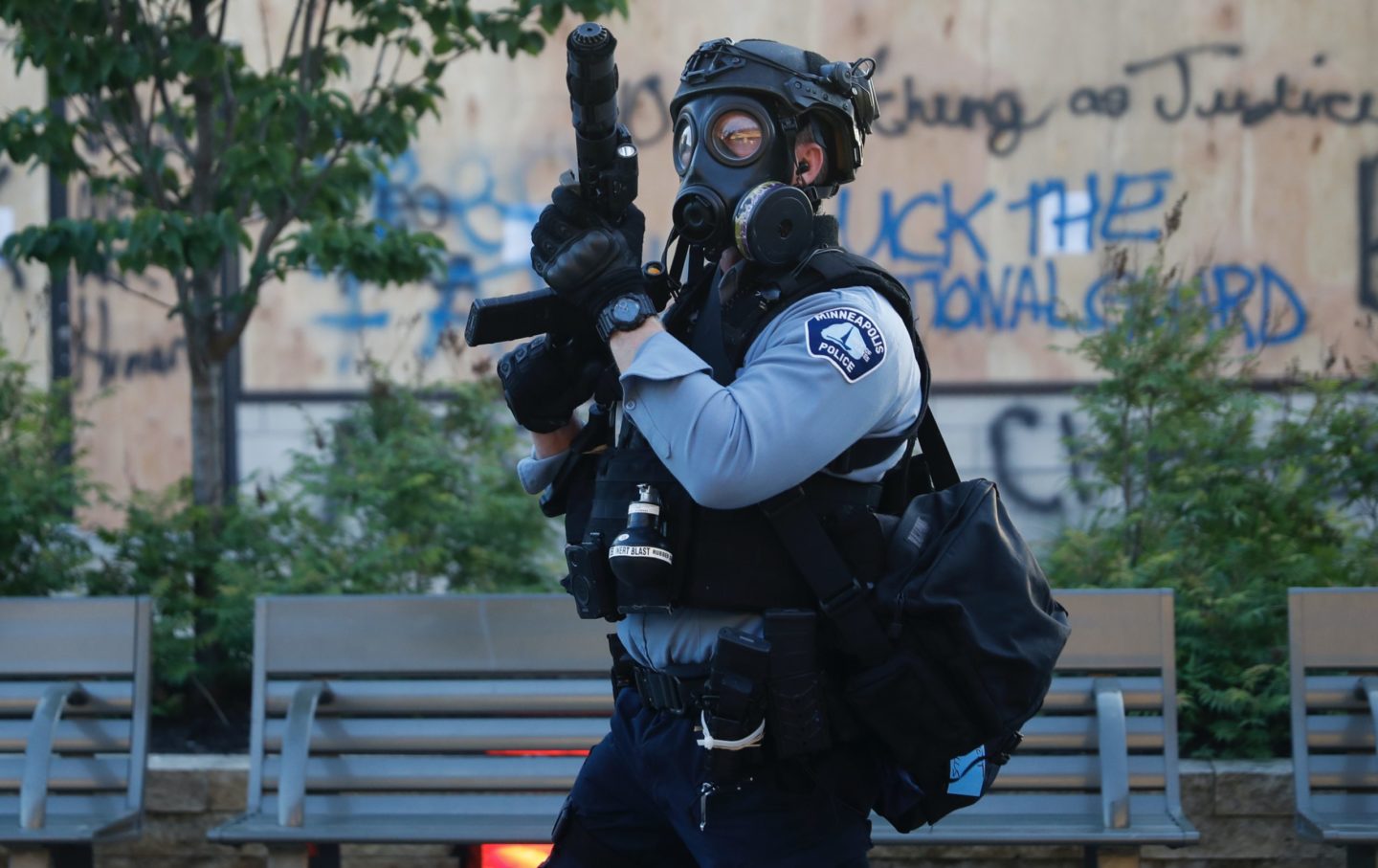LIFE IS NOT A GAME: THE NBA AND OTHER PROFESSIONAL ATHLETES FIGHT BACK
By Henry-Louis Taylor, Jr.
“The shooting of an unarmed Black man seven times in the back, while his children watched, triggered the desire to fight back. Life is not a game, and this callous shooting demonstrated the need to defund the police and reimagine and create a new public safety system.”
